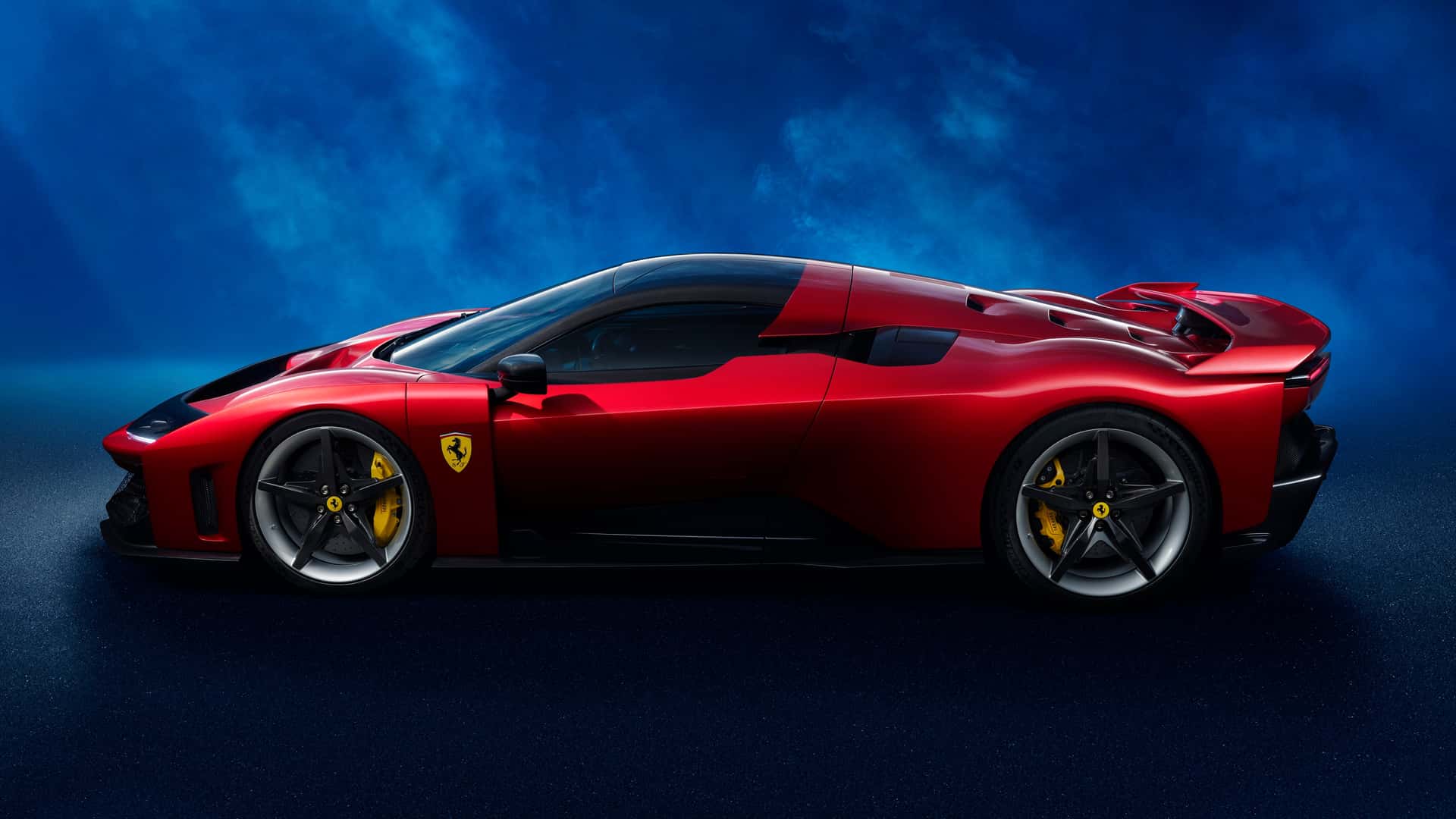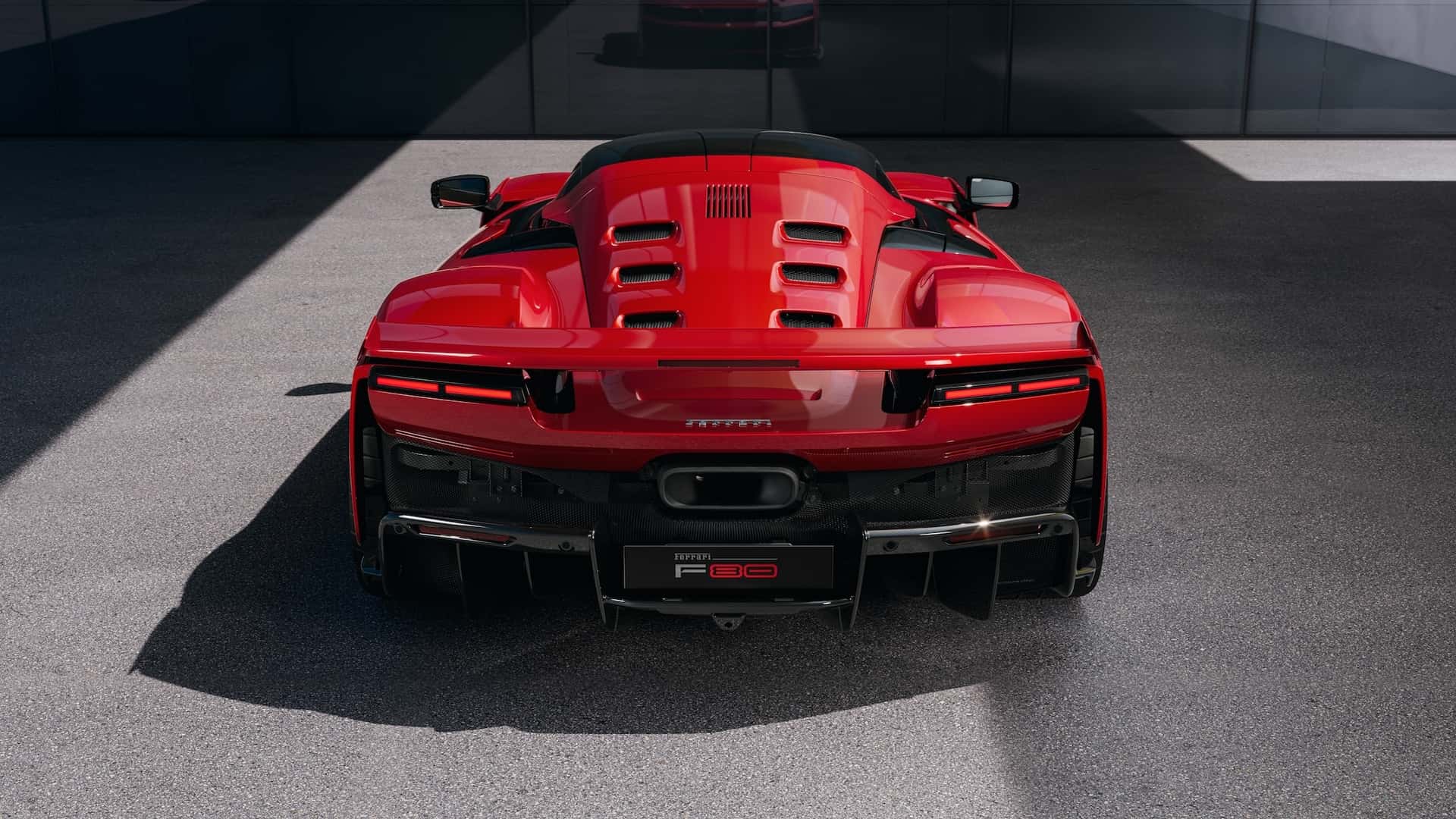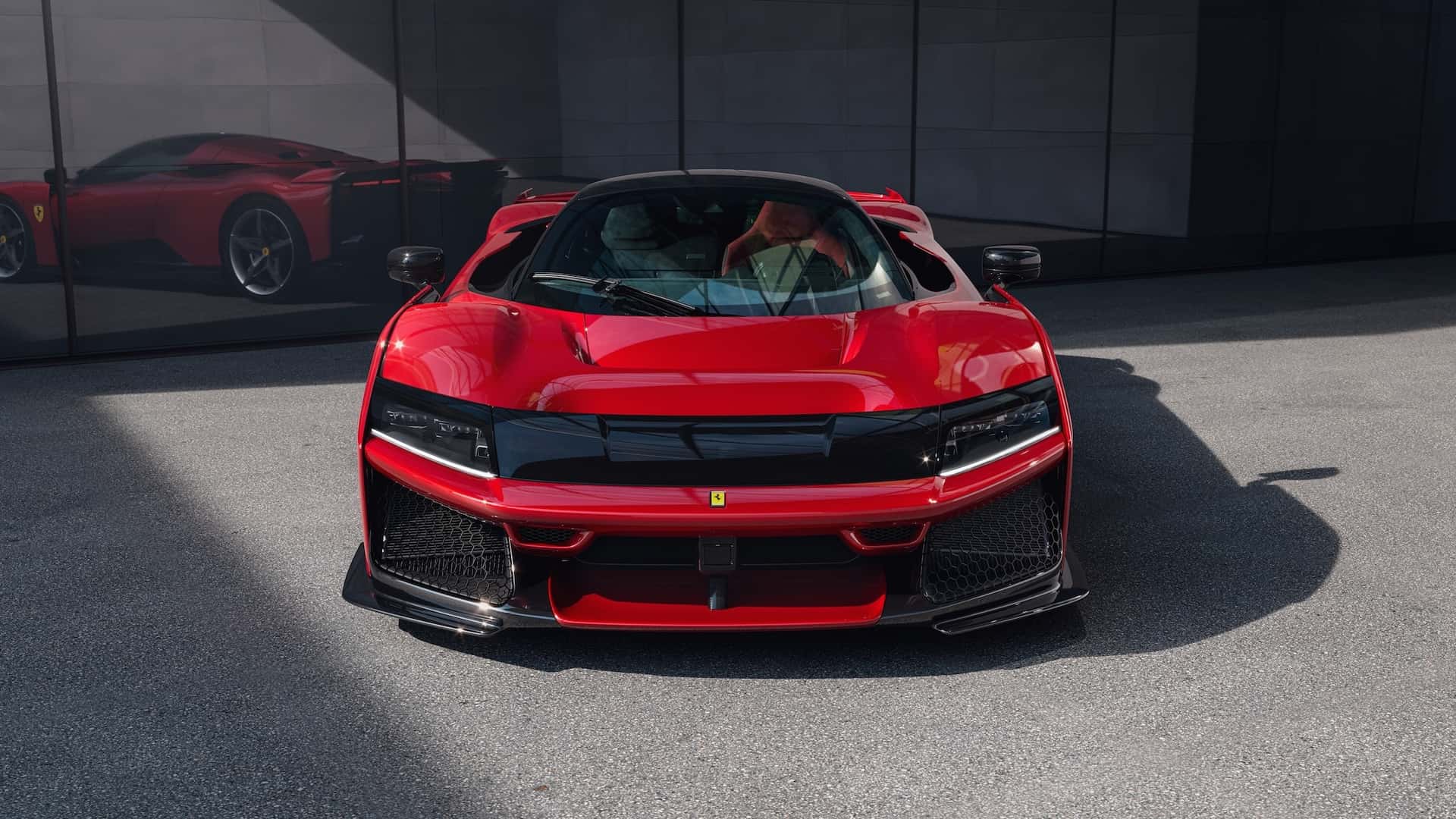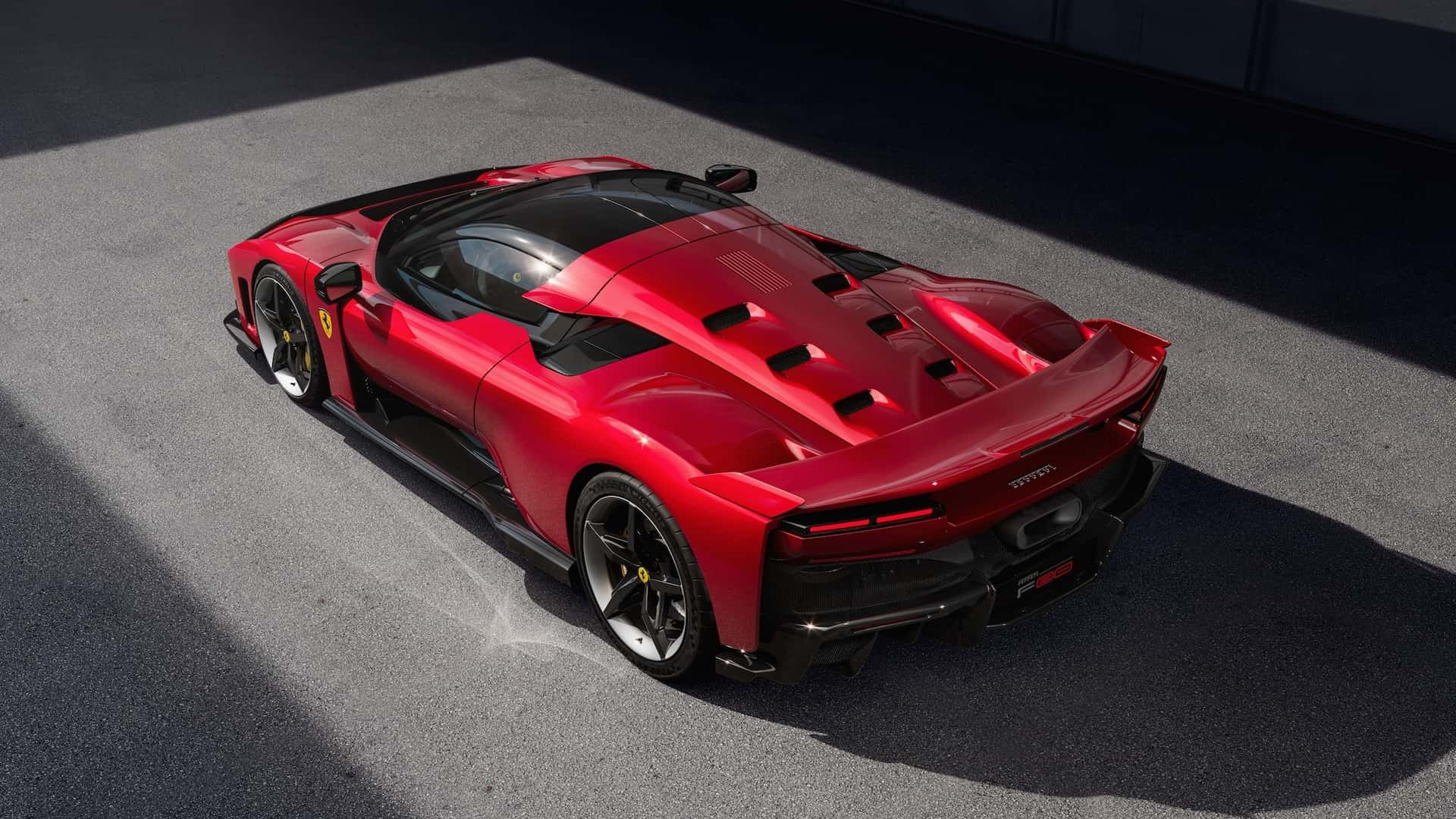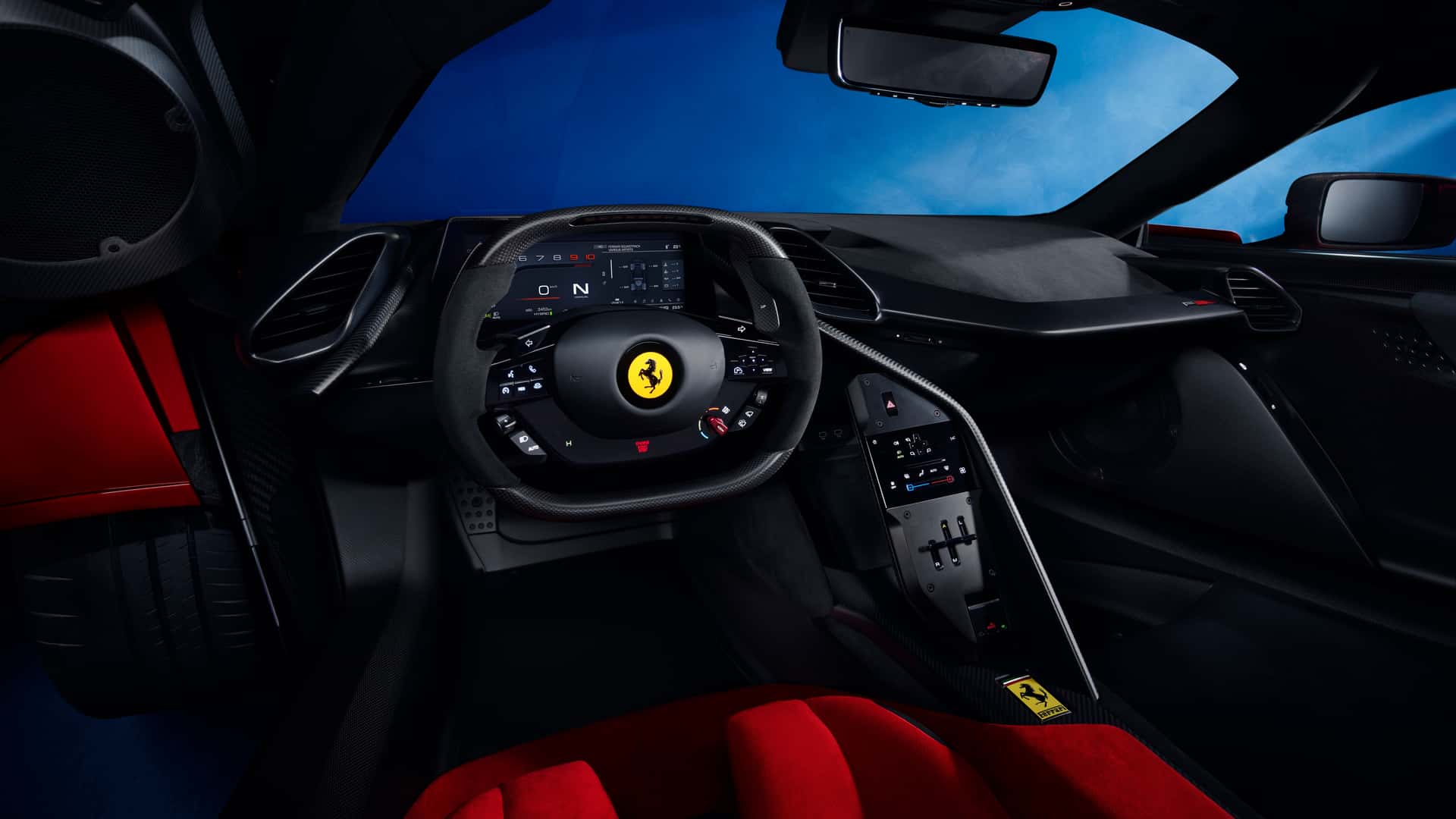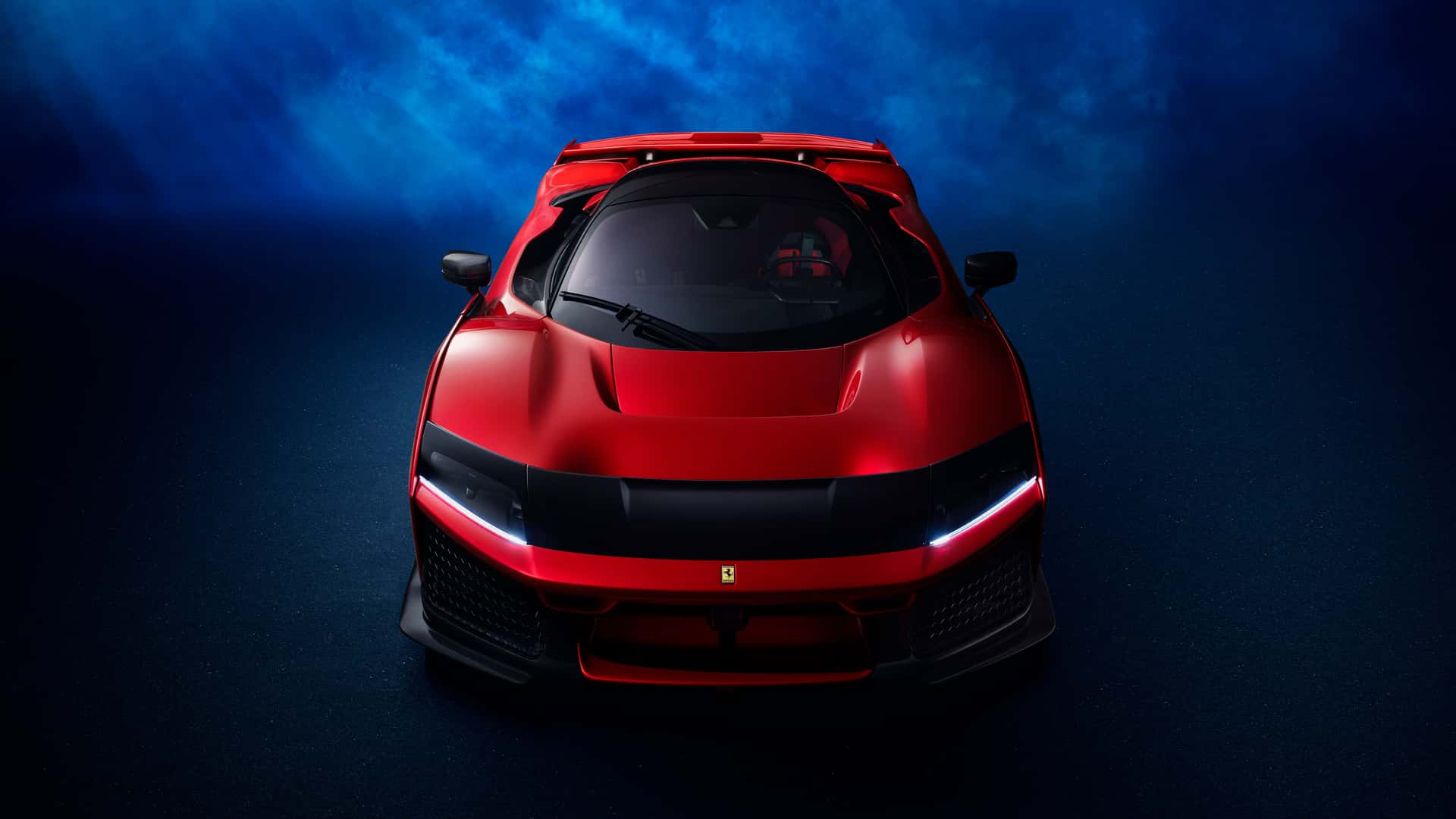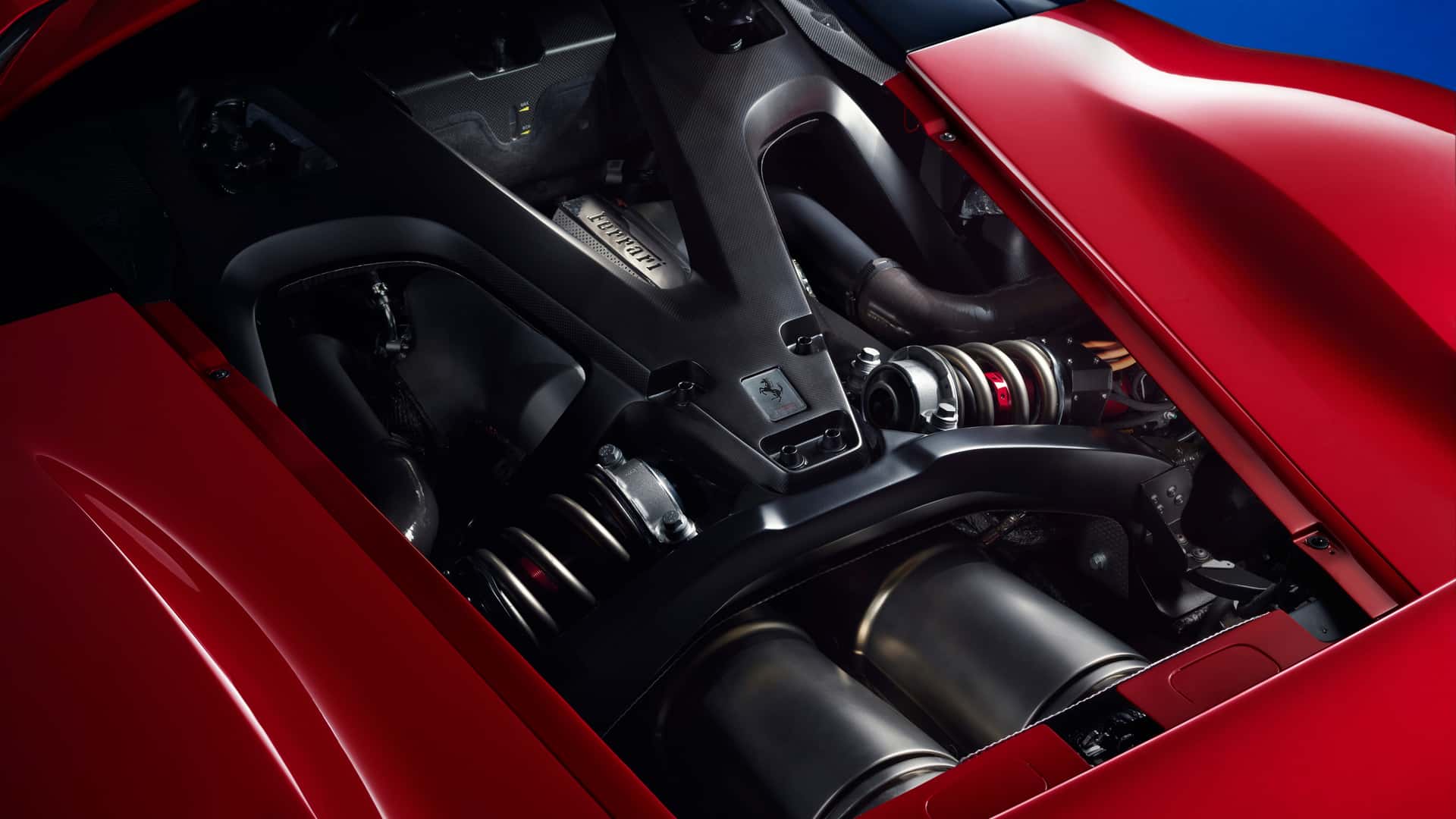More than ten years after the introduction of the LaFerrari, the Italian manufacturer has launched a new flagship car called the F80. Like the LaFerrari and other pioneering cars that bore the Prancing Horse badge, this car hopes to rewrite the history of supercars.
The big news is what’s under the hood: a hybrid system consisting of a 3.0-litre six-cylinder engine that alone produces 900 hp, an increase of 255 hp over the engine derived from the 296 GTB engine, without any increase in its weight, and three electric motors, one at the rear and two on the front axle, for a total of 1,200 hp, making the F80 the most powerful Ferrari ever built.
The Ferrari F80 takes just 2.15 seconds to reach 100 kph, and then continues the acceleration till it reaches the top speed of 350kmph, which is slightly faster than the McLaren W1.
Ferrari engineers adjusted the ignition and injection timing, and increased combustion chamber pressure by 20 percent compared to the 296. The eight-speed dual-clutch transmission has been precisely calibrated to take this extra pressure into account, and electric turbochargers—with a motor on the shaft between the turbine and the compressor—virtually eliminate lag. Thanks to these upgrades, the V-6 reaches a maximum engine speed of 9,000 rpm, with a dynamic limiter at 9,200 rpm. It’s worth noting that Ferrari developed and built its electric motors in-house.
The F80 uses an asymmetrical monocoque made from Carbon Fibre and composite materials. The roof is made entirely of carbon fiber, and both the front and rear subframes are made of Aluminium. The asymmetrical design of the chassis means that the driver’s seat is adjustable (unlike the fixed position of the W1 and other monocoque supercars, including the LaFerrari), and in addition to its striking appearance, the F80’s butterfly doors allow for easy entry and exi
The F80 features a traditional two-seat layout with a driver-focused cockpit – Ferrari calls it the “1+” configuration. The dashboard is angled towards the driver, and the driver’s seat is a bright red sports tub that is adjustable, unlike the passenger seat, which is fixed to the chassis. Ferrari also created a new steering wheel for the F80 with a flatter upper and lower section, a steering wheel that will make its way to other Ferrari models in the future.
The F80 was designed by Flavio Manzoni at the Ferrari Styling Centre in Maranello with retro cues such as the headlight “eyebrow” inspired by the Ferrari 365 GTB4 and the rear wheel arches inspired by the F40.
The Ferrari F80 has three different driving modes: Hybrid, Race and Qualifying, but it doesn’t offer a full electric driving Mode.
Ferrari has also introduced a new technology called Boost Optimization with which, when driving in either Race or Qualifying modes and after a quick lap around the track, the system can recognize specific areas of the track where it can provide extra boost – on a long straight, for example – and distribute power or adjust the car’s other mechanical calibrations as it sees fit for each section of the track.
As with the Purosangue, the F80 also gets an active suspension system, based on Multimatic’s spool valve dampers. Each damper has an actuator that can brake or accelerate the piston, eliminating the need for anti-roll bars and allowing for an excellent combination of comfortable handling and dynamic performance. The suspension also ensures a highly stable aerodynamic platform, which is essential for a high-downforce car like the F80.
The car costs around 15 million AED or 4 million USD at current exchange rates. This easily makes it the most expensive new Ferrari ever, and double the price of the W1. Only 799 units will be built. Production will begin in late 2025 and continue through 2027.

